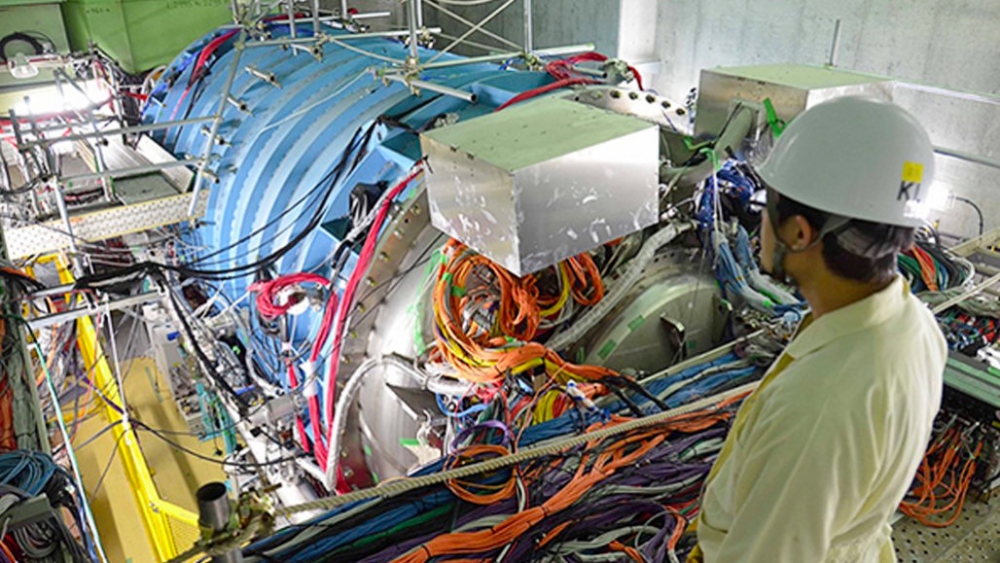Misbehaving kaons could hint at the existence of new particles

New subatomic particles could explain a surprisingly large number of decays of particles called kaons seen in the KOTO experiment (detector shown). JAPAN PROTON ACCELERATOR RESEARCH COMPLEX (J-PARC) CENTER
By Emily Conover
Certain extremely rare decays seem to be happening more often than expected
A little-known type of particle called a kaon may be stepping into the spotlight.
The exotic subatomic particles are attracting attention for their unexpected behavior in an experiment at a Japanese particle accelerator. Rare kaon decays seem to be happening more frequently than expected, according to the KOTO experiment. If the result holds up to further scrutiny, it could hint at never-before-seen particles that would dethrone particle physicists’ reigning theory, the standard model.
There’s still a good chance KOTO’s result will be overturned, says Yuval Grossman of Cornell University. But “there’s the extremely exciting possibility that they see something totally new.”
See full text